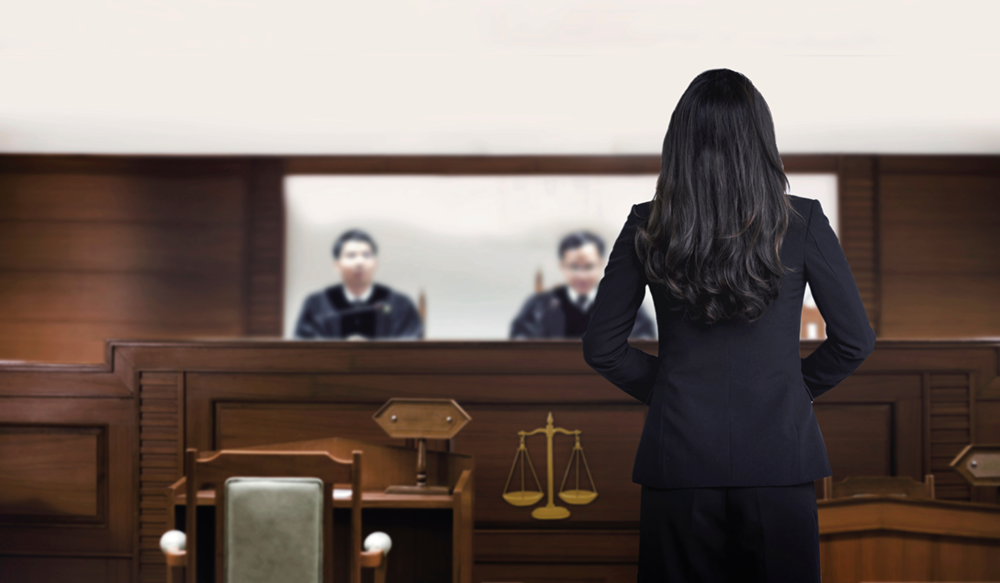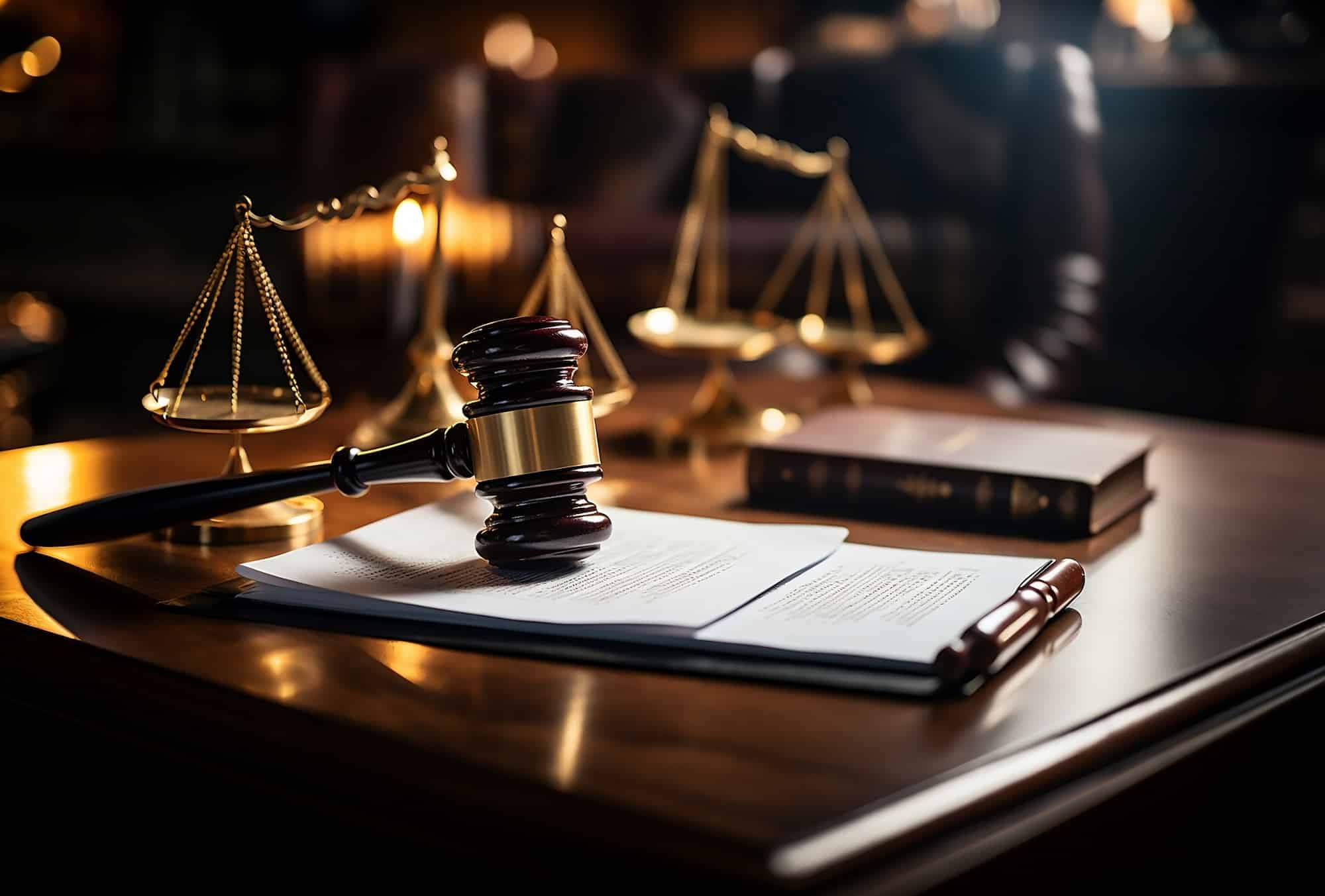From Concept to Courtroom: Actions to Create Powerful and Persuading Trial Presentations
Navigating the Intricacies of Trial Presentations: Tips for Seamless Delivery and Engaging Arguments
In the world of legal process, the art of trial discussion stands as an essential factor of success. As lawyers navigate the intricate internet of courtroom characteristics, the ability to effortlessly deliver disagreements and evidence while mesmerizing the jury's interest comes to be critical. The intricacies fundamental in test presentations need a fragile balance of strategy, skill, and ability. By honing methods that make certain a polished shipment and crafting engaging arguments that resonate with the target market, lawful professionals can substantially boost their advocacy. In a world where persuasion preponderates, understanding the intricacies of trial presentations is not just an alternative but a requirement for those looking for to dominate in the court.

Understanding Trial Goals
To properly navigate a trial, it is critical to have a clear understanding of the objectives that need to be achieved. Before tipping right into the court room, lawful groups should define their goals and preferred results. These purposes work as leading principles throughout the trial, shaping techniques and influencing decision-making processes.
Comprehending test goals includes a thorough evaluation of the instance, lawful criteria, and the customer's benefits. Trial Presentations. It calls for a thorough exam of the realities, recognizing vital concerns, and preparing for possible obstacles. By establishing certain and quantifiable goals, attorneys can customize their debates and discussions to align with the desired outcomes
In addition, a clear grip of test objectives enables legal groups to focus on evidence, witnesses, and legal debates properly. It enables the advancement of a coherent story that reverberates with the discretionary, reinforcing the general case discussion.

Organizing Proof Successfully
Having a clear understanding of trial purposes lays the foundation for arranging evidence properly in legal process. By lining up the presentation of proof with the desired results of the trial, legal groups can enhance their arguments and improve their persuasiveness.
One more crucial element in organizing proof effectively is developing a logical circulation. Offering evidence in a consecutive and coherent way can aid build an engaging story that supports the lawful arguments being made. Furthermore, making use of visual aids such as timelines, charts, or charts can better improve the company of proof and assist in clearing up intricate relationships or series of occasions.
Furthermore, making sure that all proof presented is acceptable and appropriate to the case is crucial. Inadmissible or pointless proof can diminish the toughness of the argument and potentially hurt the reputation of the here and now party. A precise review and selection process ought to be carried out to include only the most impactful and legally sound proof in the test discussion.
Crafting Convincing Narratives
Crafting compelling narratives plays an essential function in offering influential debates throughout lawful proceedings. A well-crafted narrative has the power to captivate the audience, evoke emotions, and ultimately sway the decision in favor of the here and now party. When constructing a narrative for a trial discussion, it is vital to establish a clear storyline that highlights bottom lines and attaches them in a systematic fashion. Begin by laying out the realities of the instance in an engaging fashion, making certain that the series of events is simple to follow. Introduce personalities properly, giving history info that helps the audience recognize their inspirations and actions. In addition, integrating vibrant descriptions and interesting language can sites bring the story to life, making it much more memorable for the court and court. By weaving together evidence, testament, and legal arguments right into a influential and natural narrative, attorneys can successfully promote for their customers and boost the possibility of a favorable end result in the court.
Understanding Visual Aids
Reliable use of visual help is vital to enhancing the effect and quality of trial presentations. Aesthetic help, when utilized strategically, have the power to streamline intricate information, reinforce bottom lines, and leave a lasting perception on the discretionary. To understand visual aids in trial presentations, it is vital to ensure that read the article they are clear, concise, and relevant to the disagreements being made.
When including aesthetic help, such as graphes, timelines, photos, or charts, right into a test discussion, it is necessary to maintain them aesthetically appealing yet expert. The visuals site here need to enhance the spoken disagreements, supplying a graph of the info being talked about without frustrating the audience with unnecessary information.
In addition, experimenting the visual aids ahead of time is vital to guarantee a seamless shipment throughout the trial. Acquainting oneself with the content, shifts, and timings of each aesthetic aid can aid keep the flow of the discussion and prevent technological glitches that may occur.
Supplying Impactful Closing Debates
An engaging closing disagreement offers as the conclusion of a test presentation, enveloping the core narrative and encouraging the judge and jury in the direction of a beneficial choice. Begin by describing the major arguments that sustain your customer's setting, stressing why the evidence provided throughout the test supports your narrative.
In addition, integrating sob story can additionally reinforce your closing argument. By humanizing the instance and connecting on an individual level with the decision-makers, you can evoke compassion and understanding, affecting their perception of the truths offered. Additionally, restating the lawful criteria that must be satisfied for a positive judgment can reinforce the validity of your setting. Inevitably, a well-crafted closing debate should leave a long lasting perception, engaging the discretionary to regulation in your client's favor.
Final Thought
In final thought, grasping test presentations includes comprehending goals, organizing evidence, crafting narratives, utilizing visual aids, and delivering impactful closing debates. By applying these strategies effectively, legal representatives can offer their instance effortlessly and make engaging arguments in the courtroom. It is crucial to browse the intricacies of test presentations with precision and ability to attain success in legal proceedings.
By aligning the discussion of proof with the preferred outcomes of the test, lawful teams can strengthen their debates and boost their persuasiveness (Trial Presentations). To grasp visual help in trial presentations, it is critical to make certain that they are clear, succinct, and relevant to the debates being made
An engaging closing argument offers as the conclusion of a trial discussion, encapsulating the core story and convincing the judge and court towards a favorable choice. Begin by describing the major disagreements that support your customer's position, stressing why the evidence offered throughout the trial sustains your narrative.In conclusion, grasping trial discussions involves recognizing objectives, arranging evidence, crafting stories, utilizing aesthetic help, and providing impactful closing debates.